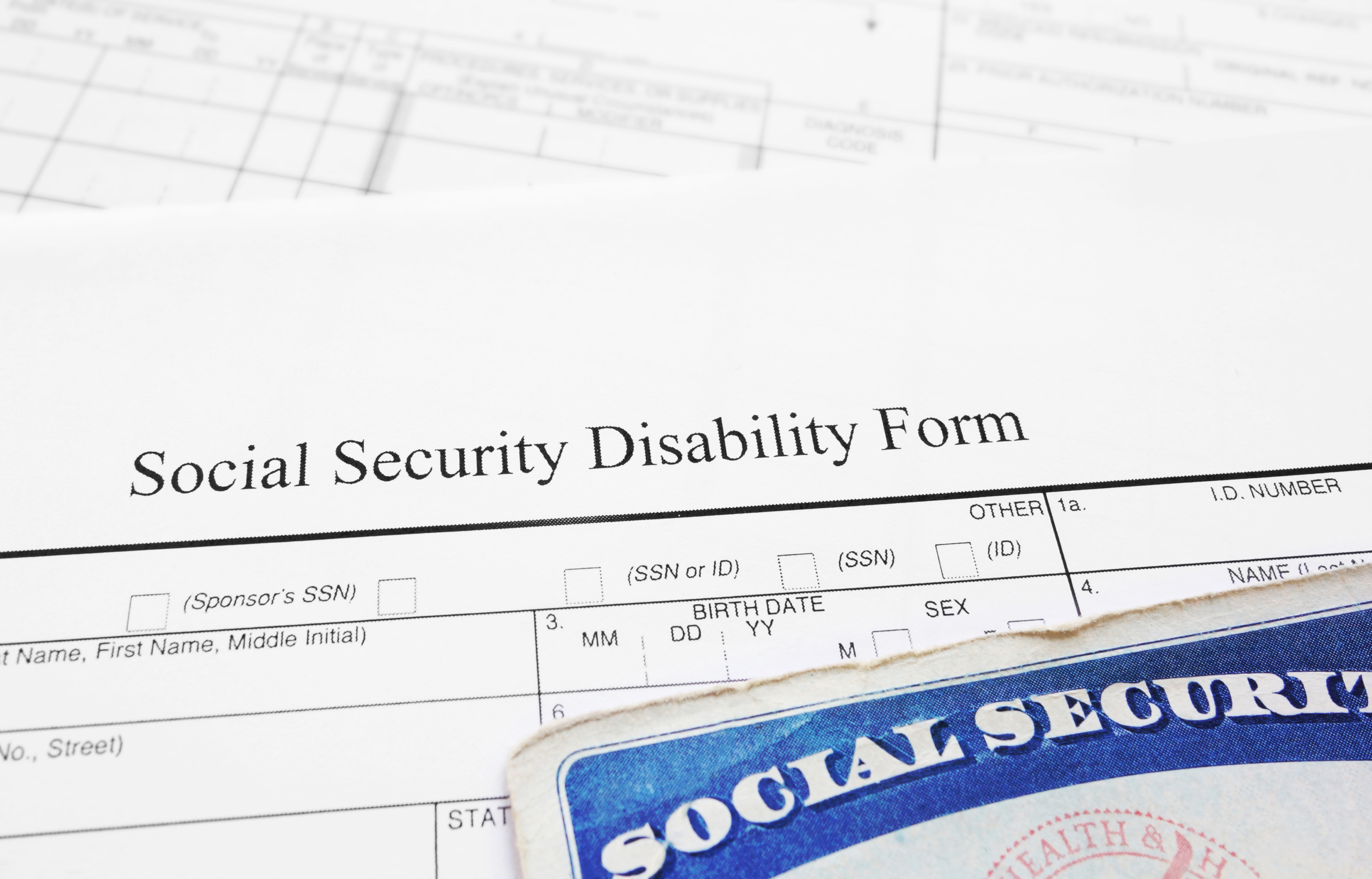If you are unable to work due to injury or illness, you may wonder what options are available to assist you financially until you can return to work – if you are able to return to work at all. Here, we’ll explore the differences between three common programs employees turn to when illness or injury negatively affects their ability to work.
The Family Medical Leave Act
The Family Medical Leave (FMLA) allows eligible employees to take 12 weeks of unpaid leave for a serious health condition that makes them unable to perform essential job functions.* Employees who take FMLA leave are guaranteed to have a job when they return to work (though that job only has to be equivalent to the one held when leave began, and not the same one). Employees will also continue to be covered by their employer’s group health insurance under the same conditions as employees not on leave, even though they will not be paid while on leave.
One major downside to FMLA leave, in addition to being unpaid, is that not all employees are eligible for FMLA nor are all employers required to provide it.
An employee must have worked at least 1,250 hours during the 12-month period prior to when leave begins, and must have worked for their employer for 12 months (although the 12 months does not need to be consecutive) to be eligible. The employee must also, obviously, work for an employer who is required to offer FMLA leave. Private employers are only required to offer FMLA if they have employed 50 or more employees within a 75-mile radius for at least 20 workweeks in the current or preceding calendar year. Public agencies, on the other hand, which include local, state and federal agencies and school districts, are subject to FMLA, regardless of the number of employees.
If you meet the eligibility requirements, and if you work for a covered employee, leave under FMLA allows you to focus on your health and recovery with a guarantee that you’ll have a job to return to, with no loss of health insurance while you’re on leave. But since FMLA leave is unpaid, it may not be a viable option for many families that rely on the employee’s salary for support.
* The FMLA authorizes unpaid leave for reasons unrelated to an employee’s illness or injury that are not explored here.*
To learn more watch our short video:

Short-Term Disability Insurance
Short-term disability insurance is paid to a covered employee with a medical condition or injury that makes them unable to work for a short period of time, generally three to six months following the onset of disability, though it can pay for up to a year (after which time you would receive long-term disability or apply for social security disability). Many policies don’t begin to pay until a specified period – known as the elimination period – has passed from the date the disability began. The length of the elimination period varies amongst policies and may range from as little as two weeks to 30 days. The amount payable depends on the policy and the employee’s salary.
Illinois law does not require employers to provide short-term disability to its employees, so if you find yourself unable to work, you will need to check with your human resources department to determine whether this benefit is available. You may also purchase a short-term disability insurance on your own.
Short-term disability differs from worker’s compensation in that the illness or injury that results in your disability does not need to be work related. So, whereas worker’s compensation will only pay if your injuries were sustained on the job, short-term disability insurance will pay regardless of where the injury occurred.
Social Security Disability Insurance
Social Security Disability Insurance (SSD) is a federal assistance program that provides benefits to eligible individuals whose disability or illness prevents them from working. It is paid to disabled individuals who have enough work credits and meet the following two conditions:
- the disability is expected to last for 12 months or longer or result in the individual’s death, and
- the disability prevents them from engaging in substantial gainful employment, which for 2017 the Social Security Administration(SSA) defines as a monthly salary that exceeds $1,170 ($1,950 for those who are statutorily blind).
The SSA has a list of more than 100 medical conditions it considers disabling for purposes of qualifying for SSD benefits; your application will be approved if it contains sufficient medical evidence supporting the diagnosis and its impact on your ability to participate in a substantial gainful activity. If your medical record does not meet the criteria for one of the listed disabling conditions, it is still possible to receive SSD benefits if you can prove that your illness or injury negatively affects your ability to return to your prior job, or another job suited for your age, education and employment history.
Are you applying for Social Security Disability benefits or do you know someone who is? Contact the Good Law Group at #(847) 577-4476 for a free case evaluation or complete this online form.









